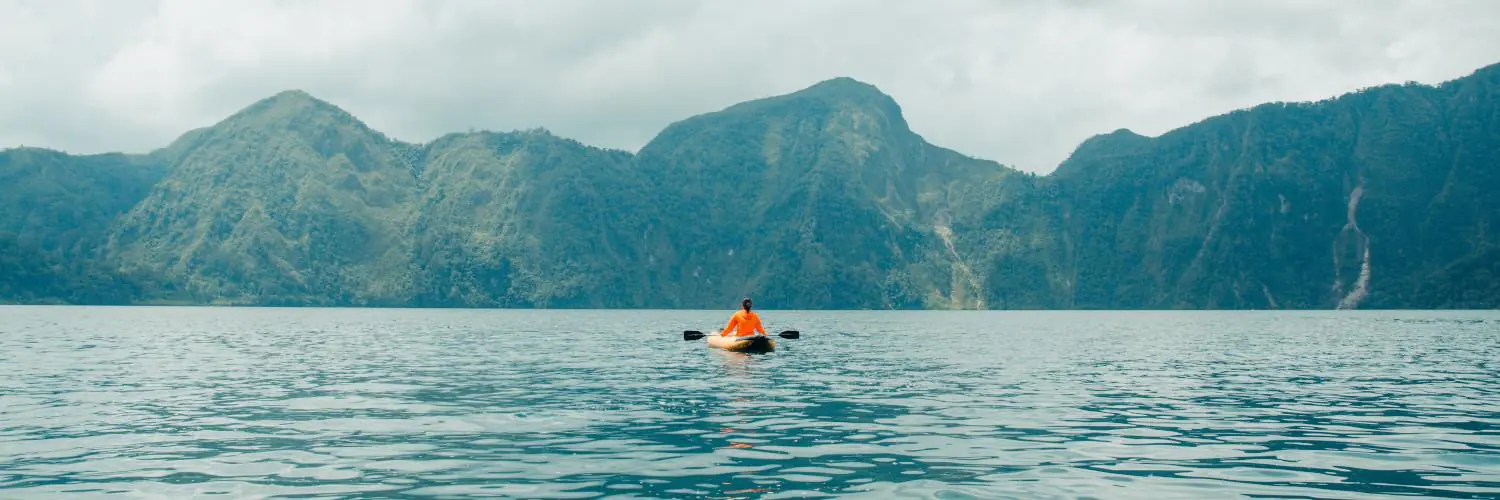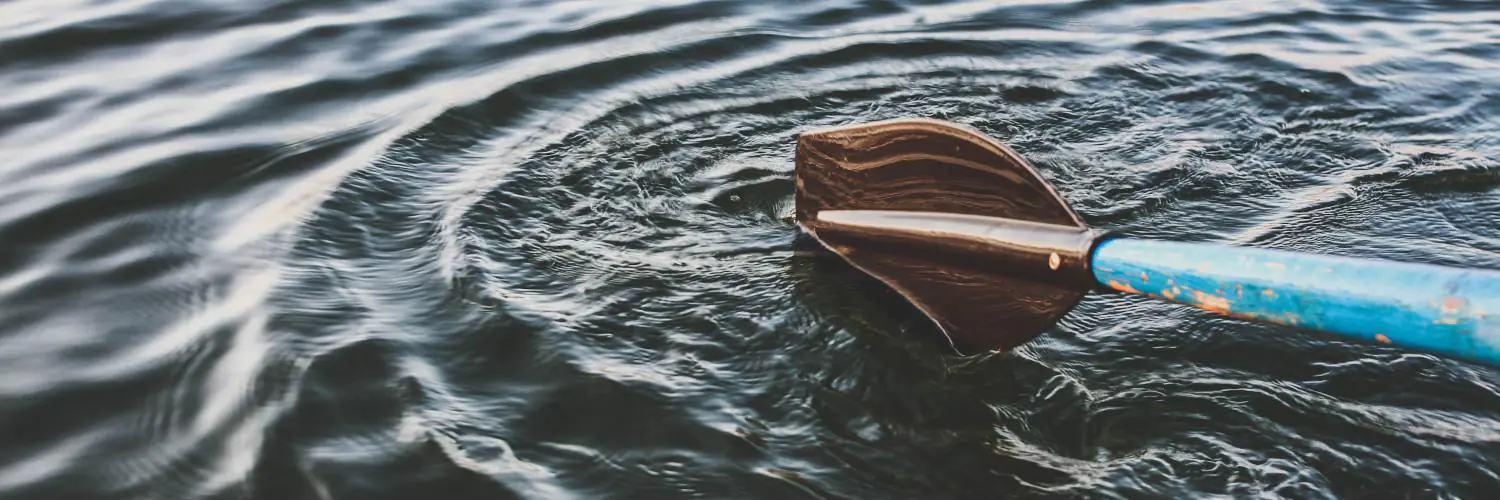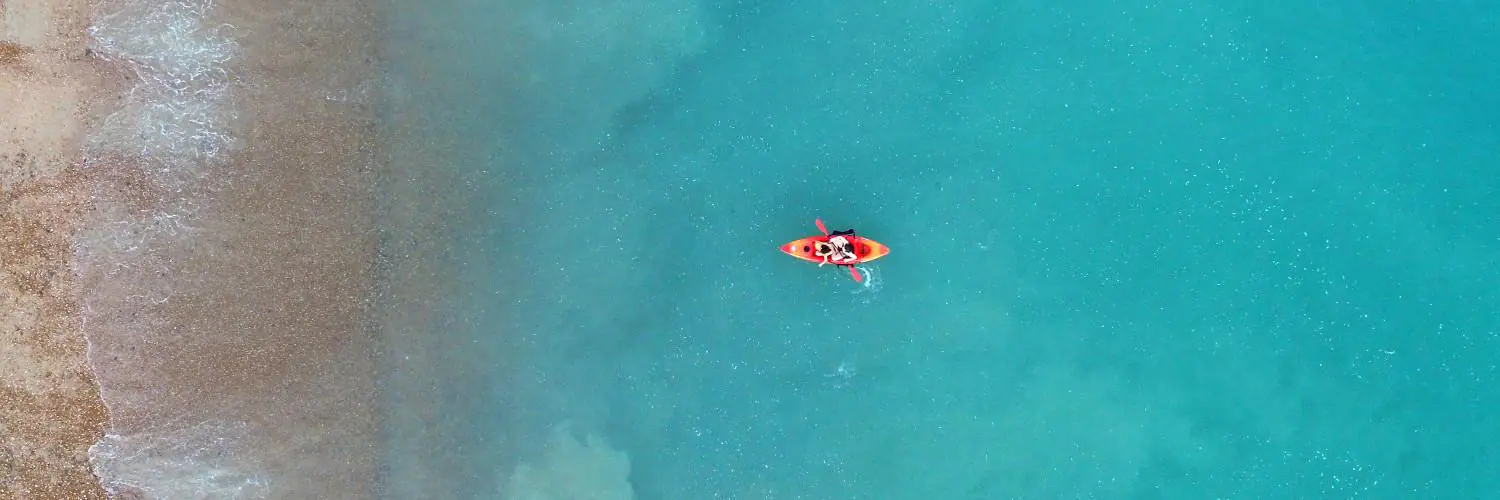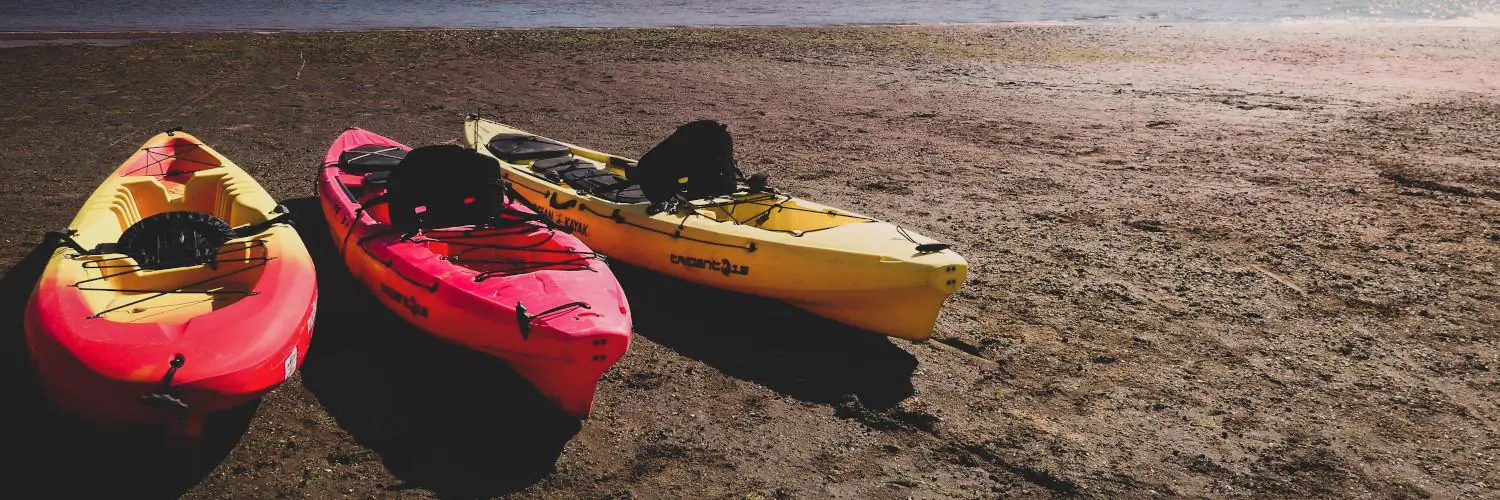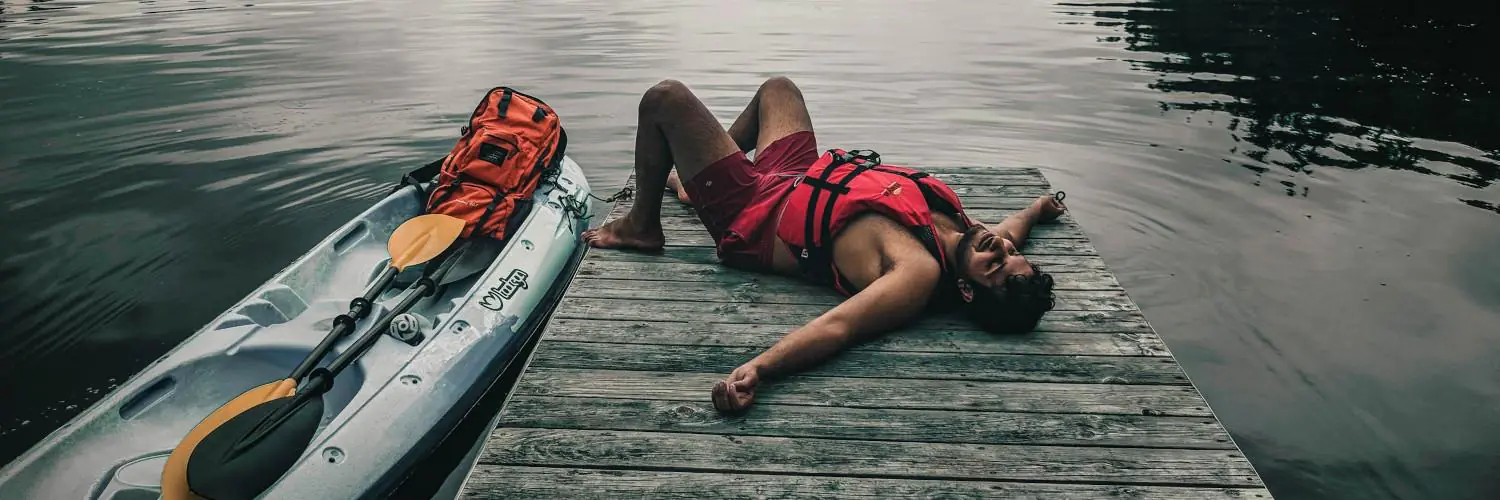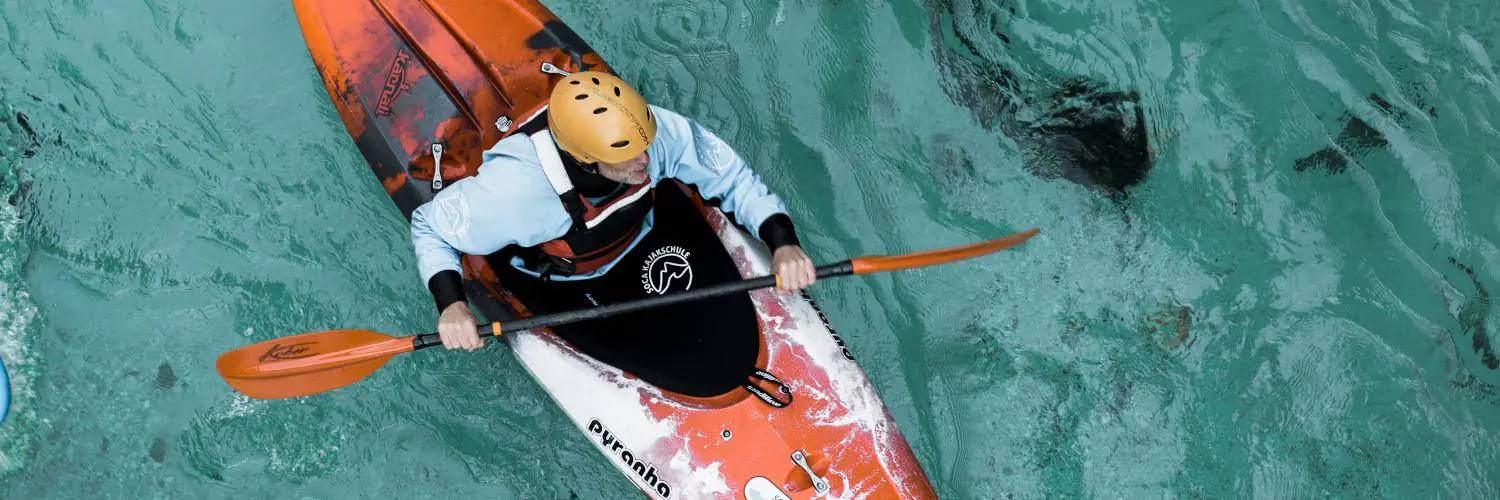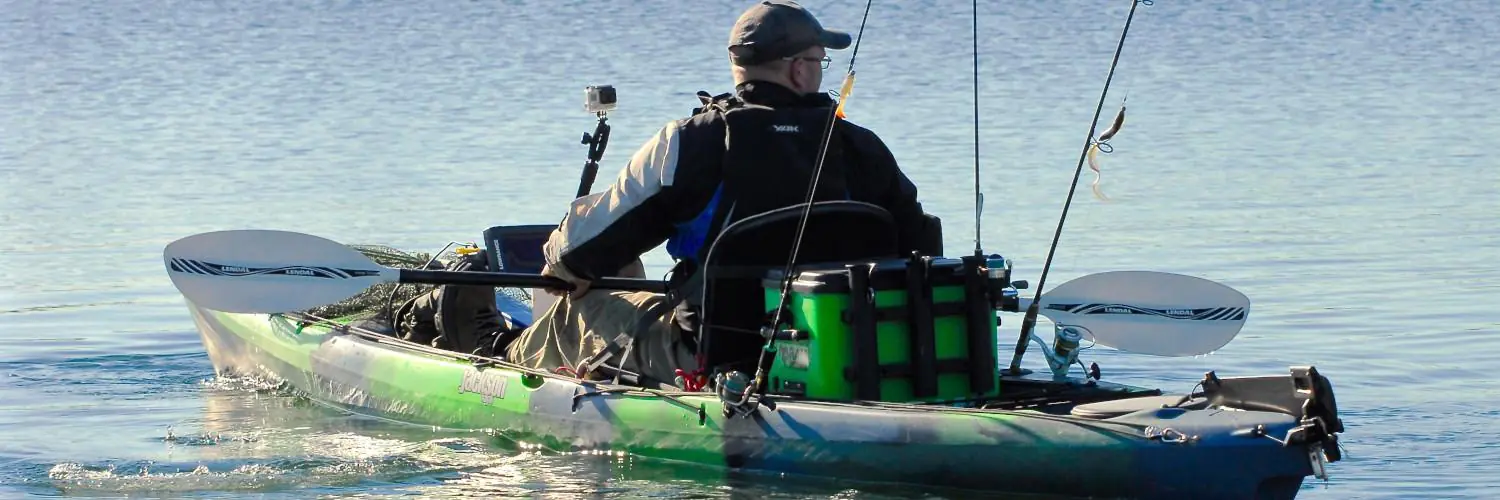Kayaking has a rich history as an Olympic sport, dating back to its debut in the 1936 Berlin Games. Kayaking became an official Olympic sport in 1936, featuring sprint events on flat water. This marked a turning point for the sport, bringing it into the global spotlight.
Before its full inclusion, kayaking made a brief appearance as a demonstration sport in the 1924 Paris Olympics. Only American and Canadian athletes took part in these early sprint races. The event showcased both kayaks and canoes, with races for one, two, and four-person boats.
Since its Olympic introduction, kayaking has grown to include both sprint and slalom events. Sprint races take place on calm water, while slalom competitions challenge athletes on white-water courses. These events test strength, skill, and precision as competitors navigate single, double, or four-person kayaks. The sport’s Olympic presence has helped boost its popularity and encouraged advancements in equipment and safety gear.
Table of Contents
Origins and Development
Kayaking and canoeing have rich histories spanning thousands of years. These watercraft played key roles in transportation, hunting, and exploration for many cultures before becoming popular recreational and competitive activities.
Early History of Kayaking
Kayaks first appeared about 4,000 years ago. Inuit peoples in the Arctic created them for hunting and fishing. They made kayaks from animal skins stretched over wood or whalebone frames. These early kayaks were narrow and low to the water.
Kayaks helped Inuit survive in harsh environments. Hunters used them to chase seals, whales, and other marine animals. The boats were light and easy to carry over land between waterways.
Europeans learned about kayaks in the 1800s. Explorers saw them used by native peoples in North America and Greenland. This sparked interest in kayaking for fun and sport in Europe and North America.
Modern Kayaking and Canoeing
In the late 1800s, people started kayaking and canoeing for fun. John MacGregor played a big role in this shift. He designed a kayak called the “Rob Roy” in 1865. MacGregor wrote books about his kayaking trips, which made the activity more popular.
Kayaking and canoeing clubs formed in Europe and North America. People raced each other and went on trips. New kayak designs appeared, made from wood and canvas instead of skins.
Kayaking became an Olympic demo sport in 1924. It was added as a full medal sport in 1936. Canoeing joined the Olympics at the same time. Both sports grew in popularity after World War II. New materials like fiberglass and plastic made kayaks cheaper and easier to make.
Kayaking in Competitive Sports
Kayaking has become a prominent Olympic sport with a rich history of competitions and governing bodies. The sport has evolved from its early days to become a thrilling spectacle at the world’s biggest sporting event.
Rise of Canoe and Kayak Competitions
Kayaking made its Olympic debut as a demonstration sport in 1924 at the Paris Games. It wasn’t until 1936 in Berlin that it became an official Olympic event. The sport includes both sprint and slalom disciplines.
Sprint races take place on flat water, while slalom events challenge athletes on white-water courses. Competitors race in single, double, or four-person kayaks, testing their strength, skill, and precision.
Canoe sprint events have been a part of the Olympic program since 1936. These races showcase incredible speed and power as athletes paddle their way to victory.
Key Organizations and Figures
The International Canoe Federation (ICF) is the main governing body for competitive kayaking. It oversees international competitions and sets rules for Olympic events.
The American Canoe Association also plays a crucial role in promoting the sport in the United States. They organize competitions and support athlete development.
Gert Fredriksson, a Swedish kayaker, is one of the most successful athletes in the sport’s history. He won six Olympic gold medals between 1948 and 1960, earning the nickname “The King of the Canoe.”
These organizations and athletes have helped shape kayaking into the exciting competitive sport it is today. Their efforts have increased its popularity and raised the level of competition worldwide.
Introduction to Olympic Canoeing
Canoeing has a rich Olympic history spanning nearly a century. The sport includes both canoe and kayak events, testing athletes’ speed and skill on water.
Canoeing Events at the Olympics
Olympic canoeing features two main disciplines: sprint and slalom. Sprint races happen on flat water, while slalom courses use white-water. Both use canoes and kayaks.
Sprint events include single, double, and four-person boats. Canoe singles are called C-1, while kayak doubles are K-2. Races vary in distance from 200 to 1000 meters.
Slalom tests paddlers’ ability to navigate gates on a tricky water course. It requires precision and quick thinking. The events are timed, with penalties for touching gates.
A new event, kayak cross (KX-1), adds excitement to the Olympic program. It involves head-to-head races with multiple paddlers on a challenging course.
Advent of Kayaking as an Olympic Sport
Kayaking first appeared at the Olympics in Paris 1924 as a demo sport. Only American and Canadian athletes took part in these early races.
The sport became official at the 1936 Berlin Games. This marked the true start of Olympic kayaking. At first, only men competed in kayak events.
Women joined Olympic kayaking in 1948 at the London Games. This change helped grow the sport’s popularity and inclusivity.
Over time, more events were added. The number of races for both men and women increased. Today, kayaking is a key part of the Summer Olympics, with many fans around the world.
Design and Equipment
Kayak design and safety gear have evolved significantly over time. These changes have made the sport more accessible and improved performance for Olympic athletes.
Evolution of Kayak Design
Early Olympic kayaks were made of wood with canvas covers. In the 1950s, fiberglass became popular for kayak construction. This new material was lighter and more durable than wood.
The 1970s saw the introduction of plastic kayaks. These were cheaper to produce and more resistant to damage. This made kayaking more accessible to a wider range of people.
Kayak shapes have also changed. Modern Olympic kayaks are longer and narrower than their predecessors. This design allows for greater speed and better tracking in the water.
The double-bladed paddle has also seen improvements. Early paddles were made of wood. Today’s Olympic paddles use lightweight materials like carbon fiber. These new paddles are stronger and more efficient.
Safety and Accessories
Personal flotation devices (PFDs) are a key safety item for kayakers. Early PFDs were bulky and uncomfortable. Modern PFDs are more compact and allow for greater freedom of movement.
Spray skirts have become standard equipment. These keep water out of the kayak cockpit. They also help kayakers stay warmer in cold water.
Helmets are now required for some Olympic kayaking events. They protect athletes from injury in whitewater competitions.
Electronic timing systems have been added to Olympic kayaking. These provide accurate race times down to the hundredth of a second.
Disciplines and Variances
Olympic kayaking includes sprint and slalom events. These require different skills and take place on varied water conditions. Other kayaking types exist beyond Olympic competition.
Kayak Sprint and Slalom
Kayak sprint races happen on flat water. Athletes paddle hard and fast over short distances. The races are 200, 500, or 1000 meters long. Kayakers compete in single, double, or four-person boats.
Slalom racing is very different. It takes place on whitewater courses with gates to navigate. Kayakers must be quick and precise. They paddle through downstream and upstream gates. Time penalties are given for touching gates.
Both sprint and slalom events test strength and skill. Sprint races need power and endurance. Slalom races demand agility and technical ability.
Extending Beyond the Olympics
Many kayaking types are not in the Olympics. Sea kayaking involves long trips on open water. It tests endurance and navigation skills. Whitewater kayaking tackles rapids and waterfalls. This sport is about conquering wild rivers.
Canoe polo is a team sport played in kayaks. It mixes elements of water polo and basketball. Players pass a ball and try to score goals. The sport is growing in popularity worldwide.
These non-Olympic kayaking forms offer unique challenges. They attract fans who seek different thrills on the water.

